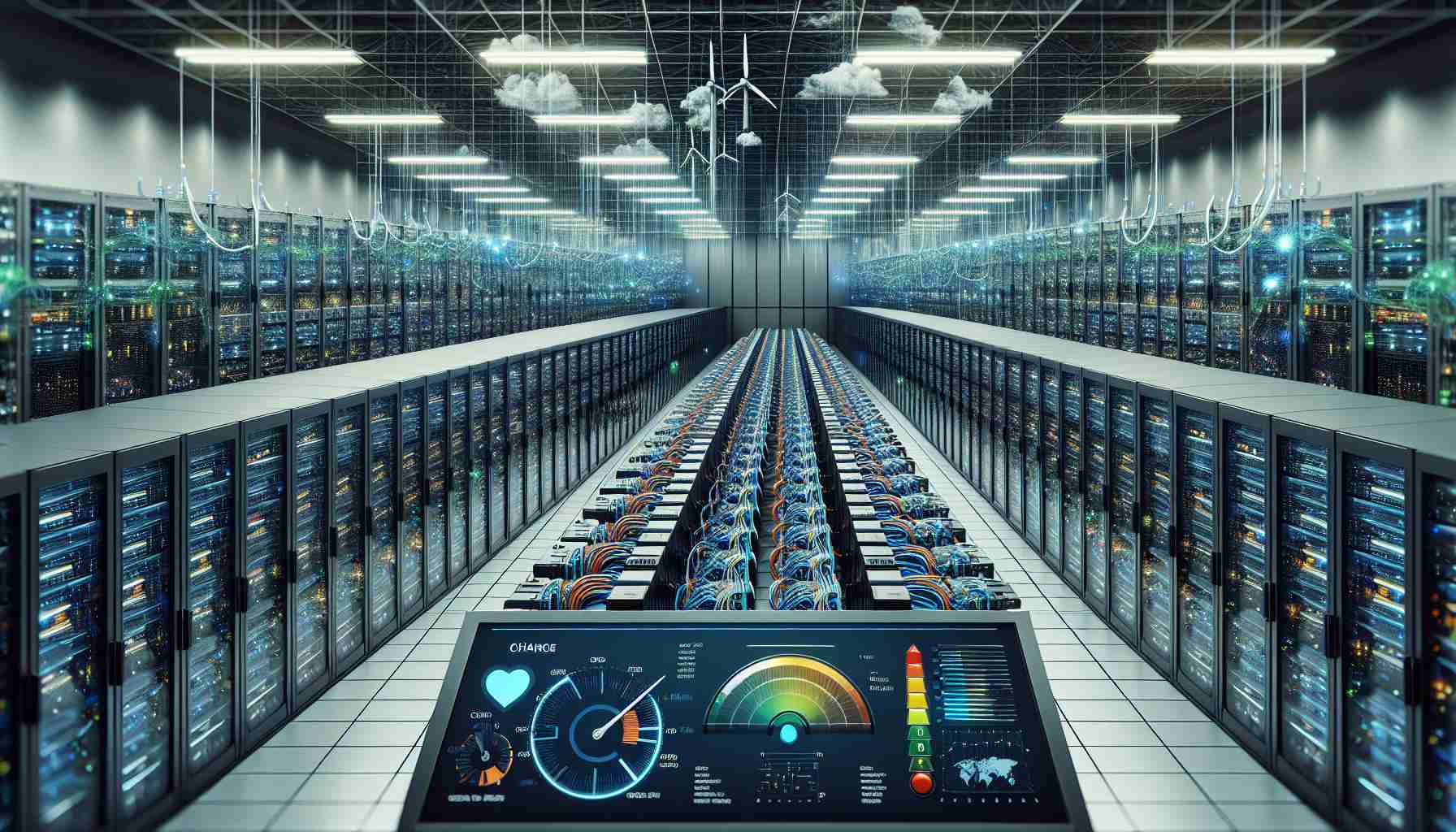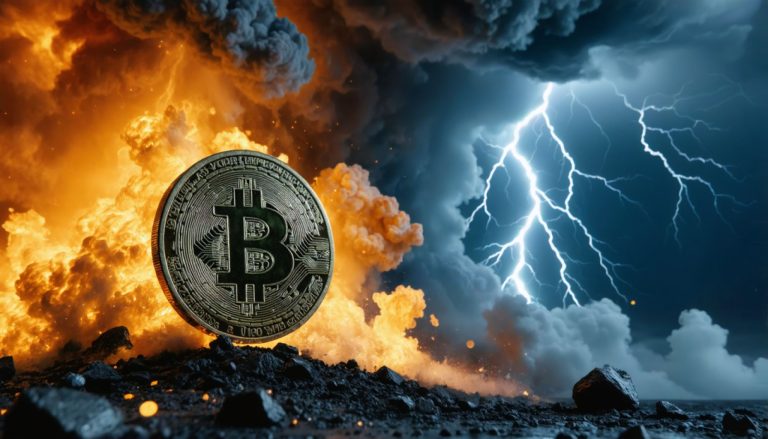
Understanding the Energy Dilemma for Data Centers
As 2025 approaches, the surge in demand for data centers poses substantial challenges for energy providers. The rapid expansion of digital infrastructure is creating an urgent need for power that often outpaces the planning capabilities of utilities and regulators. While energy requirements are typically forecasted with cautious, incremental growth in mind, the reality is that data centers are evolving at lightning speed, driven by an insatiable appetite for processing and storing vast amounts of information.
This sector’s challenge lies in finding sustainable energy solutions. There’s a critical discussion around whether fossil fuels and renewable sources can coexist as part of a comprehensive energy strategy. As the industry grapples with this question, the balance between satisfying the soaring demand and committing to environmental goals remains under intense scrutiny.
Energy providers find themselves at a crossroads, needing to rethink their approaches and technologies to ensure reliability while also embracing cleaner alternatives. The outcome of this dialogue will undoubtedly shape the future of energy consumption and production, and how we respond to the demands of the digital age could set a precedent for years to come. The stakes are high, and the need for innovative solutions has never been clearer.
The Critical Energy Landscape: Navigating the Future of Data Centers
As we approach 2025, the explosive growth in digital infrastructure has created a significant challenge for data centers and energy providers alike. The acceleration in demand for data processing and storage services is straining existing energy systems, compelling providers to innovate and adapt rapidly.
The Surge in Demand for Data Centers
The need for data centers has escalated due to several factors, including the proliferation of cloud computing, the Internet of Things (IoT), and the rising adoption of artificial intelligence (AI). These technologies necessitate vast amounts of data processing power, leading to increased energy consumption. Market analysis indicates that the data center market is expected to grow by over 12% annually, which significantly impacts energy requirements and planning.
Sustainability Challenges and Solutions
Sustainability remains a pivotal concern in the dialogue around data centers. The debate over the coexistence of fossil fuels and renewable energy sources as part of a comprehensive strategy is crucial. Innovative approaches are emerging, such as:
– Hybrid Energy Solutions: Integrating renewable energy sources like solar and wind with traditional power generation to create a more balanced and sustainable energy grid.
– Energy Efficiency Technologies: The adoption of advanced cooling technologies and energy-efficient hardware can drastically reduce the energy footprint of data centers.
Pros and Cons of Current Energy Strategies
Pros:
– Increased Adoption of Renewables: Many data centers are increasingly turning to renewable energy sources to power their operations which can reduce carbon footprints.
– Technological Innovations: Continuous advancements in energy efficiency can help lower costs and environmental impacts.
Cons:
– High Initial Costs: Transitioning to renewable energy and implementing energy-efficient technologies often requires substantial upfront investments.
– Dependence on Infrastructure: The availability of renewable energy may vary, impacting data center reliability unless robust energy storage solutions are deployed.
The Role of Energy Providers
Energy providers are at a pivotal crossroads, where they must rethink traditional energy delivery models. They are exploring new technologies and fostering partnerships with data center operators to develop sustainable energy strategies. Additionally, engaging in market trends like smart grid technologies can enhance reliability and efficiency in energy distribution.
Future Predictions for Data Centers
As data demands grow, it is predicted that by 2025, data centers could account for as much as 20% of global electricity consumption. To combat this, the industry is likely to see:
– Increased Regulation: Governments may introduce regulations to encourage more sustainable practices within data centers.
– Innovative Cooling Solutions: Cooling technologies that use less energy will become increasingly vital, with concepts such as liquid cooling and AI-driven thermal management gaining traction.
Use Cases and Innovations
Several data centers have already begun implementing renewable energy solutions and energy-efficient designs. For instance, companies like Google and Microsoft are striving to reach carbon neutrality, with successful models that can potentially serve as templates for others in the industry.
Limitations and Challenges Ahead
Despite these advancements, challenges remain. The fluctuating costs of renewable technologies and the necessity of reliable energy sources amidst rising demand pose hurdles to swift implementation of sustainable practices. Furthermore, regional disparities in energy resources can impact how effectively data centers can transition to greener solutions.
In conclusion, as the digital landscape continues to evolve, the necessity for innovative energy solutions in data centers becomes increasingly critical. The interplay between sustainability and energy demand will define the industry, setting a precedent for how we harness technology while preserving the health of our planet. For more insights on the evolving landscape of data centers and energy, visit Data Center Knowledge.



